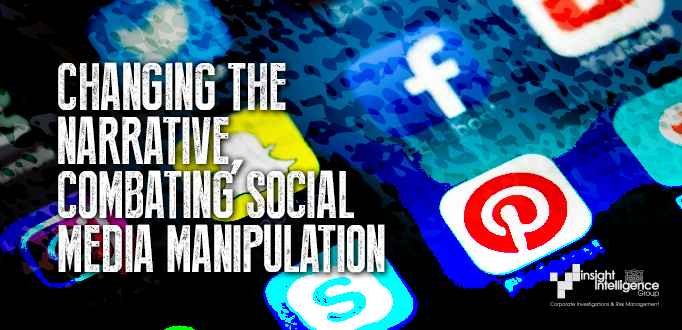The iconic image of the Man vs Tank taken on the morning of 5 June 1989 in Tiananmen Square, Beijing is cited as a major catalyst to the subsequent profound impacts of social media. This was an image that led to media organisations openly supporting a revolution by oppressed people.
Social media is now central to most people’s lives and its influence is pervasive. The platforms are being used by numerous different organizations from state intelligence services to individual celebrities disrupting individuals, organizations, and governments. It has now become incredibly important that we apply critical thinking to our comprehension of information.
The UK report released on 21 July 2020 detailing how Russia weaponized information to interfere with British politics is a current case in point (https://www.nytimes.com/2020/07/21/world/europe/uk-russia-report.html ).
1989 saw other significant people’s uprisings including the fall of the Berlin Wall and the more violent uprising against Nicole Ceausescu in Romania before digitalised information became a key factor in the Serbian overthrow of Slobodan Milosevic in 2000.
The Chinese People Army learnt two important lessons from Tiananmen Square. Firstly, to more tightly control the export of media and access of information about mainland China – something Western Society did not follow. Secondly, the importance of cosmetics. The image showed old military equipment and poorly dressed soldiers led to upgrades to better portray the desired image of a strong country.
From the 2000’s there have been several uprisings including Iraq 2003 “win the hearts and minds” strategy and the 2010 Arab Spring Uprising. Social media was at the centre of these, along with a few failed uprisings.
The use of social media to influence these and more recent events has been well documented. The COVID-19 experience has further heightened attempts to publish mis/disinformation and other material designed to influence people’s thinking.
In fact, we believe that we are in the middle of a new cold war and every individual is a playing a part. Many of us do not know or understand what is going on. Few people are processing the information with the right frame of reference which is creating vulnerability. Perception of reality is now more easily moulded to suit the objectives of the infiltrators.
The fishbowl
Imagine our life in today’s information ecosystem as fish living in a fishbowl, that nobody ever cleans and is constantly being added to. Somebody, an organisation looking to manipulate behaviour, puts some chemicals in that changes the way we think. Then, someone else puts a different mix of chemicals that changes things again. The clandestine nature of the hybrid warfare now being used is that unless someone tells you, you are in a fishbowl and that you are breathing in chemicals you would be none the wiser.
This is a real and dangerous situation made worse by the current spate of lockdowns across the world. With more limited interactions with other forms of information, everyone is immersing themselves in various forms of social media. This is making the potential for being influenced by a social engineering campaign much greater.
From an academic perspective, this danger can be explained by the ‘Regime of Truth’. The concept is based on so called Agents of Truth. We have a series of people who we trust to provide information.
Traditionally, these were people like scientists, politicians and journalists. We are finding these sources becoming increasingly discredited, as evidenced by the recent anti-WHO campaign, making it harder for individuals to know what to trust and consequently easier for them to be influenced.
People are individualising truth, deciding for themselves what to believe, often based on what is cool, appealing, or fun. The cocktail of populism coupled with this individualisation of truth is dangerously leading people to pick and choose who to trust arbitrarily.
Most corporations and governments will utilise different sectors, companies and departments to filter social media for purpose of gathering data and informing citizens what is going on. However, the flip side of this is that heavily relying on social media and data collection is useless if information has not been verified without usi
ng human intelligence methods to confirm reliability and validity along with cyber sociology.
After all, it is not just important WHO says what, but WHAT has been said and WHAT the intended response is. Effectively determining this will help organisations continue without major disruption and governments to more easily pass verified information to their citizens.
How should organisations respond?
People need to become more self-conscious about their thinking. Where possible, counter narratives need to be employed by organisations to combat any damaging misinformation or fake news. Ideally, people need to be encouraged to take more of the information they find on social media with a grain of salt and look for further validation.
People need to become more resilient, apply critical thinking, demonstrate curiosity and have an investigative interest. Who said what, what has been said and why?
Corporate entities need to have their workforce trained in these skills or risk losing their workforce’s support or have them do something damaging.
This may all sound over dramatic but the discrediting of the World Health Organisation, the fake news proclamations around President Trump, discussions on state-sponsored cyber terrorism in Australia and the large amount of misinformation around COVID-19 should make all organisations and individuals think twice.
Ask yourself, what information do you trust and how often you really think about the validity of who has said what? Becoming more resilient and using critical thinking are our greatest weapons to preventing major civil unrest or worse.
